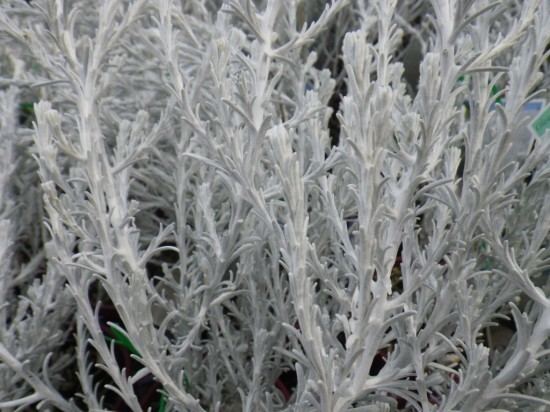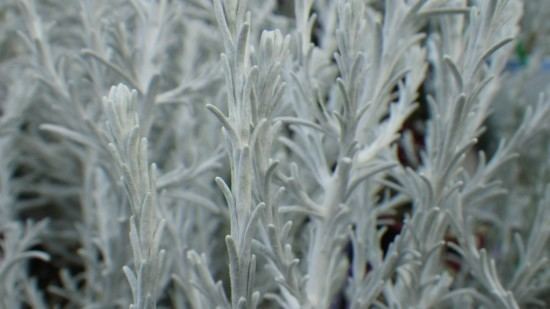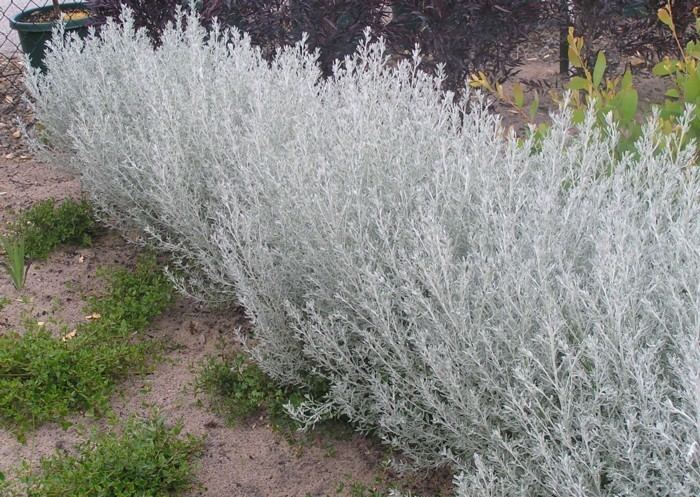Rank Species | Tribe Astereae Scientific name Olearia axillaris | |
 | ||
Similar Daisy bush, Scaevola crassifolia, Olearia ramulosa, Myoporum insulare, Leucopogon parviflorus | ||
Olearia axillaris is a shrub of the Asteraceae family, found in coastal areas of Australia. Commonly known as the coastal daisybush, or wild rosemary, it was one of the first Australian edible plants to be recognised as such by Europeans.
Contents

Description

The species is an erect shrubby herb growing to 2 metres high, many branched, densely covered with small leaves, and has a silvery green appearance. It is readily identifiable, by its height, when amongst the vegetation venturing onto dune systems - pioneer plants. It is tolerant of strong winds, salt, and poor soils.

The leaves are small and many, in whorled arrangement at the stem, and covered in fine white hairs which contribute to the silvery colour of the shrub. These are about 12 mm long and may be 1 – 3 mm across, linear in shape, having a margin rolled toward the reverse, and are fragrant when crushed. Older leaves may lose the woolly covering and become smooth and green.

The yellow florets are supported by white bracts at the flowerhead. The fruit produced are achenes, 1.5 – 2 mm long, the pappus are bristles twice this length; this assists in the dispersal of the seeds by wind.
Distribution
The species occurs in southern coastal regions of Western Australia, South Australia, Victoria, New South Wales and Tasmania. The plant is found in the vegetation claiming sand dunes, and also appears on limestone and rocky slopes along the coastline. While the species is restricted to the coast in other states, West Australian specimens have been found in similar habitat at inland locations.
History
Two early visitors to the coast and islands of Western Australia, Willem de Vlamingh and William Dampier, ventured to eat this plant - its aromatic quality inspiring its use as a herb. Vlamingh's crew made use of leaves collected, when anchored at Rottnest Island, adding it to their meagre onboard diet.
